Welcome to the serene world of Chinese interior decor, where harmony, balance, and rich cultural heritage come together to create a tranquil atmosphere. As someone who has dabbled in various decor styles, I found myself captivated by the elegance and sophistication that Chinese design offers. In this guide, we will explore the key elements of Chinese interior decor, tips for incorporating these styles into your home, and the personal benefits I’ve experienced from embracing this aesthetic. Let’s begin our journey!
Understanding Chinese Interior Decor
Chinese interior decor is deeply rooted in traditional philosophies such as Feng Shui and Confucianism, which emphasize balance, nature, and harmony in living spaces. The combination of simplicity, functionality, and artistry makes Chinese design timeless and appealing to many. Here, we will delve into the primary characteristics, styles, and key elements that define this unique decor.
Key Characteristics of Chinese Interior Decor
- Balance and Harmony: Every element is placed deliberately to ensure an even flow of energy (Qi).
- Natural Materials: Wood, bamboo, porcelain, and silk are commonly used.
- Symbolism: Colors and objects often carry meanings—like red for happiness and gold for wealth.
- Nature-Inspired Designs: Landscapes, flowers, and animals are popular motifs that draw from nature.
- Minimalism: Less is often more, focusing on fewer, more meaningful items and open spaces.
Popular Chinese Interior Decor Styles
1. Traditional Chinese Decor
Traditional Chinese decor emphasizes ornate furnishings, detailed carvings, and rich colors. It often features:
- Antique Furniture: Pieces made from hardwoods like rosewood or mahogany.
- Decorative Screens: Folding screens with intricate paintings or carvings that create privacy and visual interest.
- Calligraphy: Framed works or scrolls that add an artistic touch.

2. Modern Chinese Decor
Blending contemporary elements with traditional aesthetics, modern Chinese decor focuses on:
- Sleek Lines: Furniture and decor with minimalist designs and clean lines.
- Neutral Color Palettes: Whites, blacks, and grays accented with bold colors.
- Open Spaces: Emphasizing light and airiness rather than clutter.
3. Rustic Chinese Decor
This style celebrates natural and raw materials, incorporating:
- Reclaimed Wood: Tables, shelves, and beams showcasing their rustic charm.
- Earthy Colors: Browns, greens, and other earth tones that connect with nature.
- Textured Fabrics: Linen and cotton in cushions and throws to add warmth.
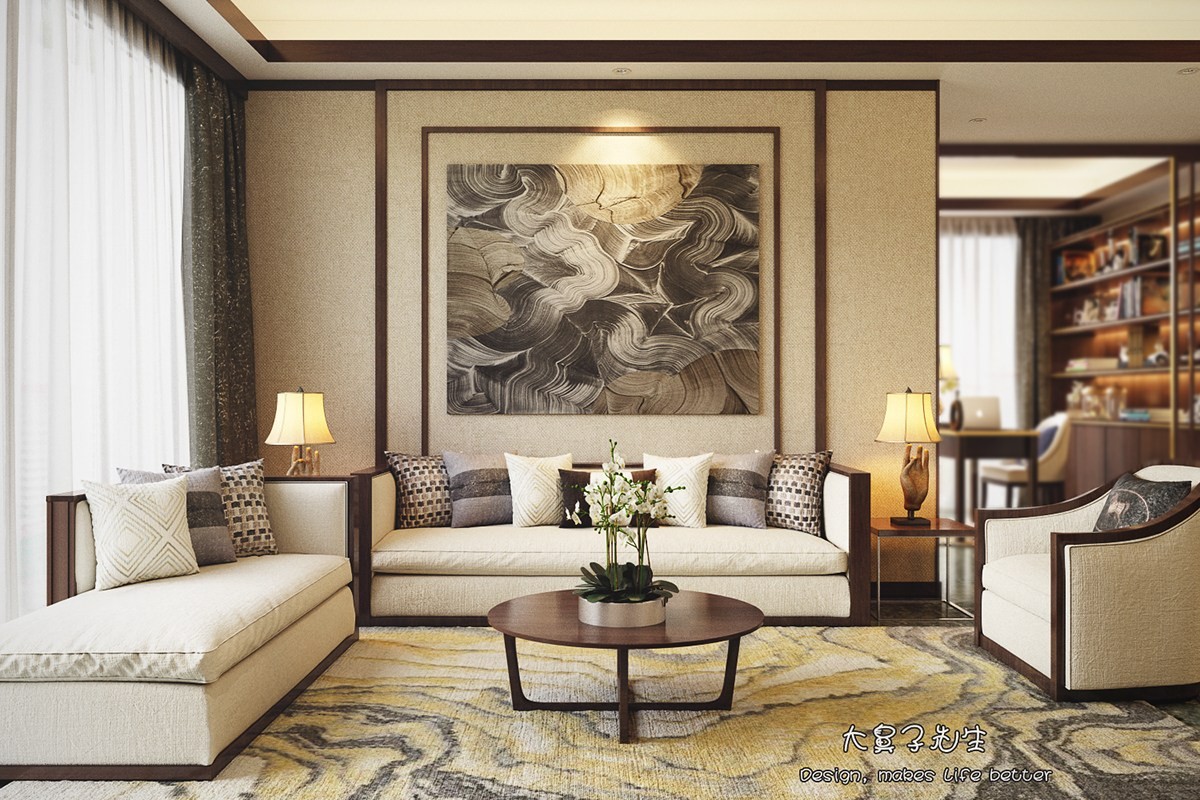
Essential Elements of Chinese Interior Decor
Color Palette
The color scheme in Chinese decor plays a significant role in setting the mood. Here are some commonly used colors and their meanings:
| Color | Meaning |
|---|---|
| Red | Happiness and good fortune |
| Gold | Wealth and prosperity |
| Yellow | Royalty and power |
| Green | Growth and harmony |
| Blue | Peace and tranquility |
| Black | Elegance and sophistication |
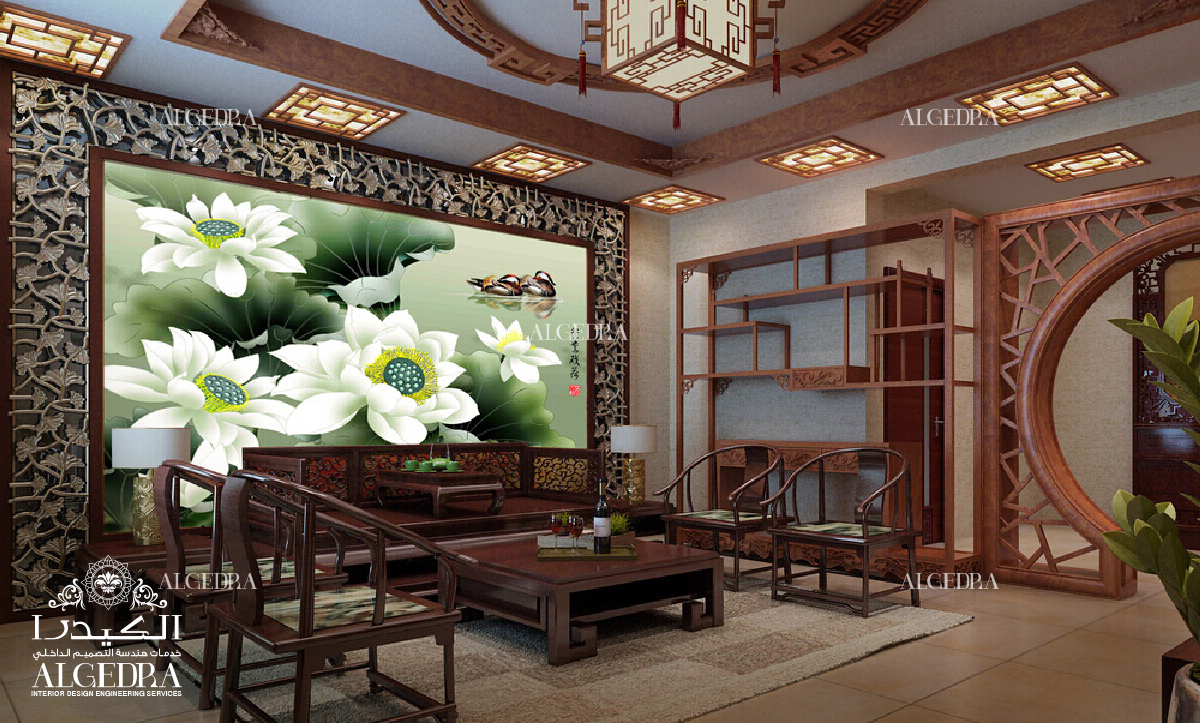
Furniture
Chinese furniture is renowned for its craftsmanship and elegance. Here are some popular types:
- Chinese Scholar’s Desk: A low, wide desk that embodies simplicity and functionality.
- Yoke-Back Chair: A comfortable seat with a distinctive curved back design.
- Antique Cabinets: Storage pieces that often have intricate carvings and symbolize wealth.
Textiles
Textiles are vital in Chinese decor, from intricate silk patterns to woven rugs. Key considerations include:
- Silk Pillow Covers: Luxurious and smooth, perfect for adding a touch of elegance.
- Chinese Rugs: Often features motifs like dragons or flowers, grounding the space.
- Wall Hangings: Tapestries or lucky banners that impart cultural significance.
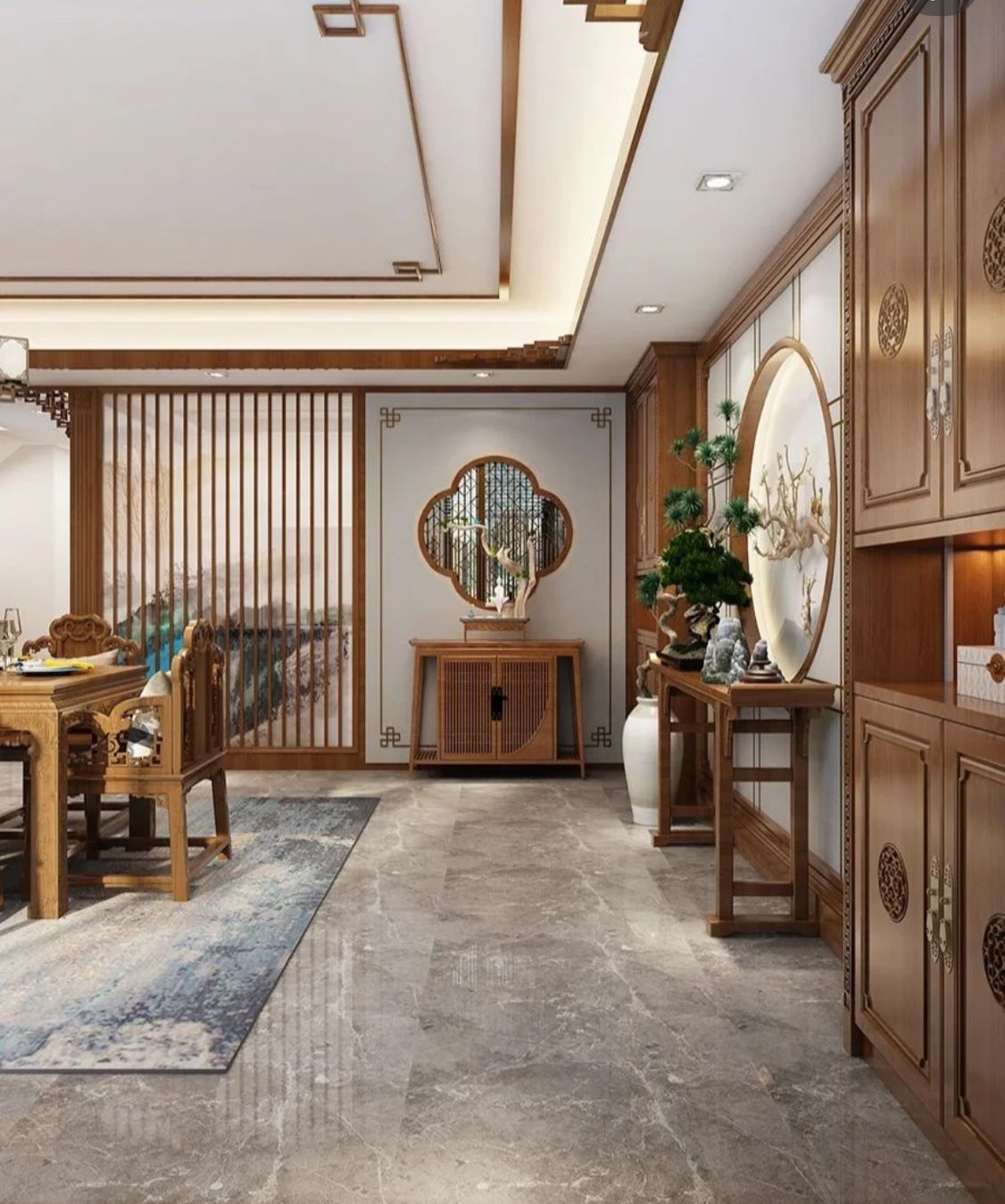
Natural Elements and Plants
Integrating nature is crucial in Chinese decor. Plants like bamboo, the Chinese money plant (Pilea), and bonsai trees are commonly used to create a calming environment. The choice of plants should align with Feng Shui principles, focusing on their shape and growth patterns.
Incorporating Chinese Interior Decor into Your Home
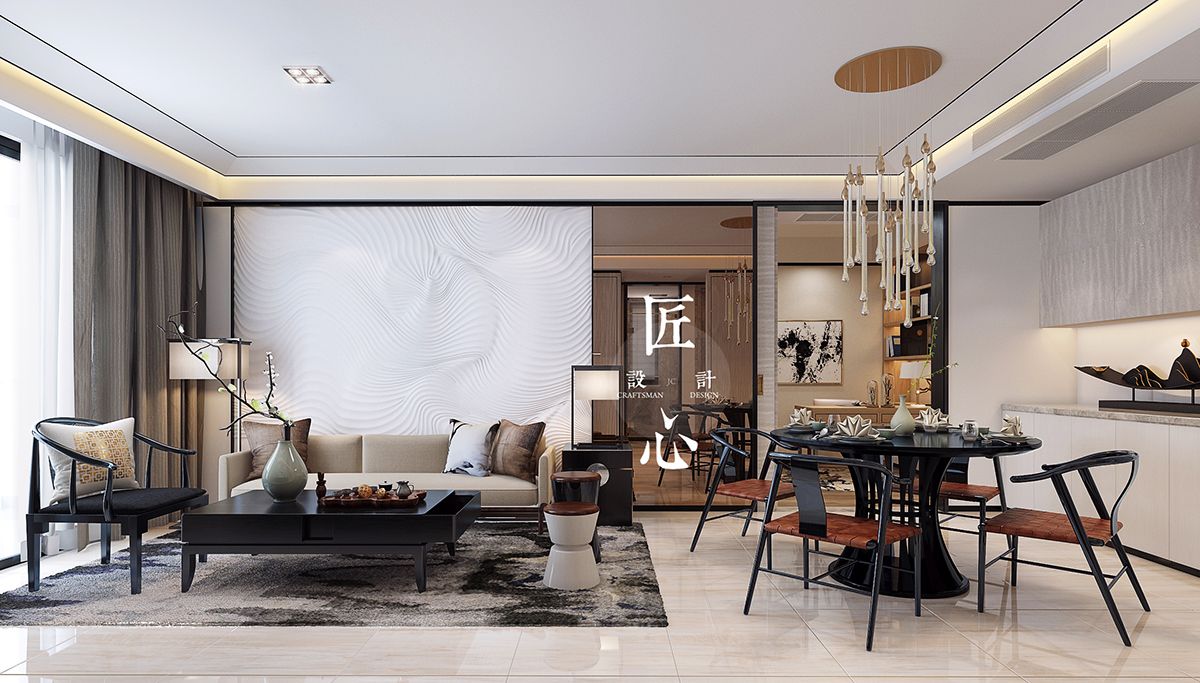
Creating a Balanced Layout
To achieve the essence of Chinese interior decor, focus on layout and flow. Here are steps to create a harmonious living space:
- Plan the Flow: Ensure pathways are fluid and move smoothly between rooms.
- Furniture Placement: Avoid clutter; arrange furniture to facilitate conversation and interaction.
- Wind and Light: Maximize natural light and airflow to enhance energy flow.
Choosing the Right Decor
Select decor elements that resonate with you personally and fit your space. Consider:
- Artworks: Invest in pieces that speak to your journey; consider prints or original artworks.
- Accessories: Use vases, sculptures, or decorative items with traditional symbolism.
- Candles and Incense: Integrate scents that add to relaxation and tranquility.
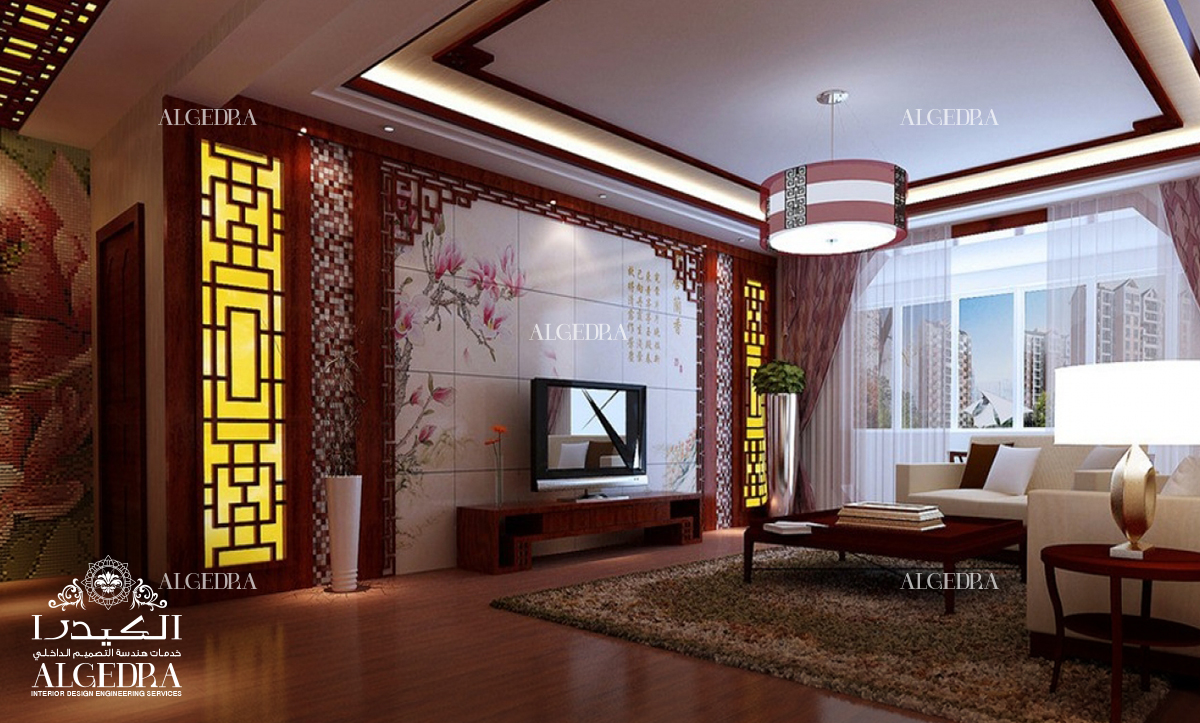
Pros and Cons of Chinese Interior Decor
| Pros | Cons |
|---|---|
| Brings a sense of peace and harmony to living spaces. | Can be expensive, especially for authentic antique pieces. |
| Focuses on natural materials and sustainability. | Intimate knowledge of Feng Shui may be required for optimal effects. |
| Timeless aesthetic that blends with various design styles. | May require a certain level of upkeep for maintaining traditional elements. |
Personal Experience: Why I Love Chinese Interior Decor
When I first decided to incorporate Chinese elements into my home, I was amazed at the transformation. My living room, once draped in typical decor, morphed into a serene haven. The yucca plants I placed near my windows not only brightened the space but were calming. Investing in a traditional Chinese cabinet for storage became a conversation piece, and it also offered rich textures and stories behind its craftsmanship.
Embracing this style has brought a profound sense of tranquility to my day-to-day life. The careful arrangement of my furniture and the selection of colors have noticeably improved the energy flow in my space. I highly recommend readers to explore Chinese interior decor; it offers not just style, but a way to foster peace and mindfulness within your home.
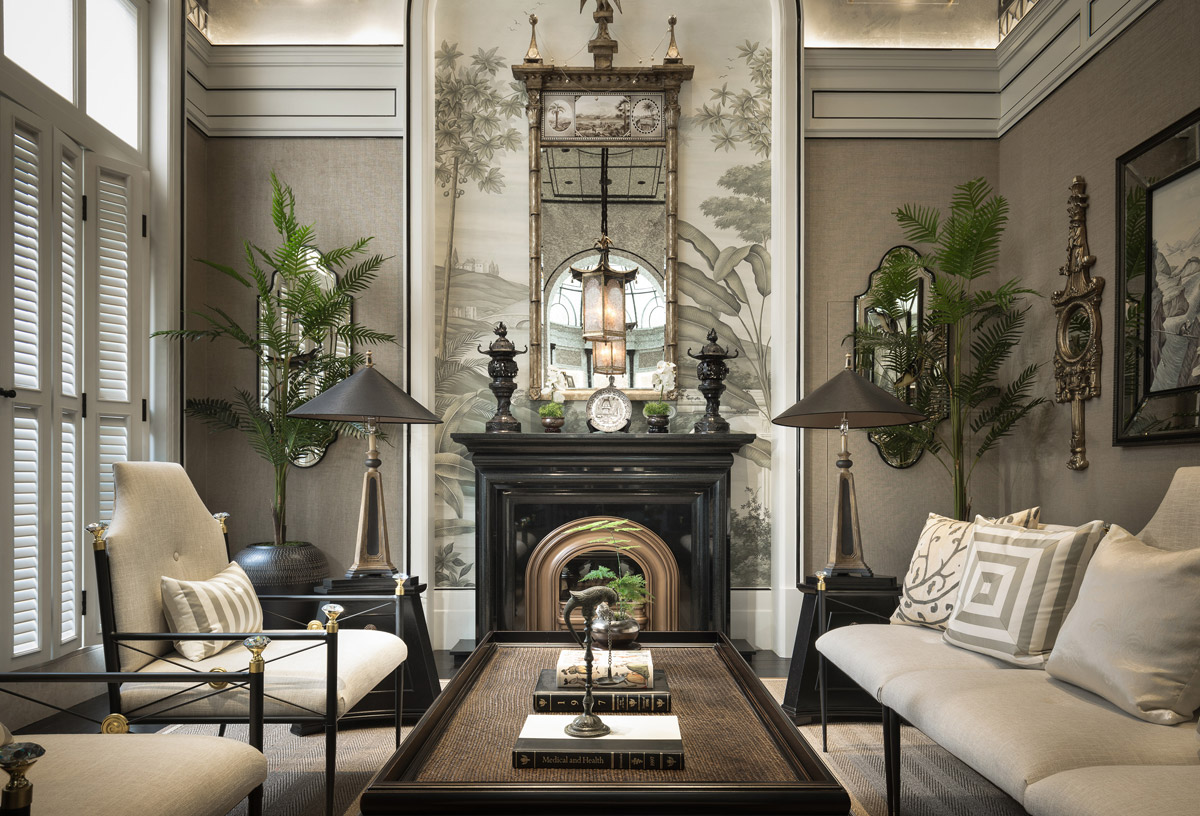
FAQs about Chinese Interior Decor
What are the key elements of Chinese interior design?
The key elements include balance, natural materials, symbolism in colors and objects, nature-inspired designs, and a minimalist approach that promotes open space.
How can I incorporate Chinese decor in a modern home?
Choose a few standout pieces, such as Chinese art, furniture with clean lines, and a neutral color palette accented with traditional tones to create a harmonious blend.
What plants are considered auspicious in Chinese decor?
Popular choices include bamboo, pothos, and the money tree, all of which are believed to bring good luck and prosperity.
Is Feng Shui important in Chinese interior decor?
Yes, Feng Shui is vital as it focuses on arranging your space to promote positive energy flow, impacting overall well-being and inner peace.
Can I mix Chinese decor with other styles?
Absolutely! Chinese decor can complement various other styles like modern, rustic, or even minimalist, creating unique and personalized spaces.
Conclusion
Chinese interior decor offers a beautiful blend of tradition, style, and tranquility. By understanding its core principles, styles, and elements, you can easily incorporate this culturally rich aesthetic into your own home. Whether through striking colors, natural materials, or harmonious layouts, the goal is to create a peaceful atmosphere that reflects your personal style while embracing the beauty of Chinese design. Start your journey into this captivating world today!